- Jun 24, 2010
- 1
- 0
- 7
 Good Evening,
Good Evening,My name is Leigh Ann, my daughter is showing poultry this year in 4H. This is her first year. We have arrived at some confustion of the breed of her 2 roosters and 1 hen. Can some help us?
We were told that we had Malasian serama's 1 rooster and 1 hen. The rooster has a black mottled breast, white and dark green tail feathers. The hen is brown and cream.
The other rooster was Belgian Barbu D-anvers - he has a rose comb and white breast. I will try to figure out how to upload pictures.
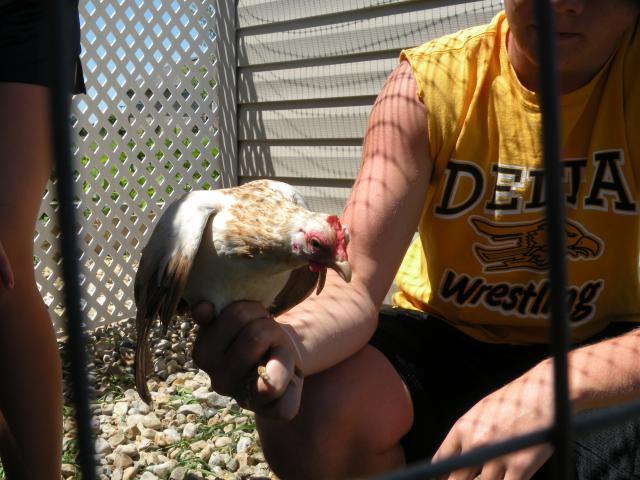
This is our hen? ?serama
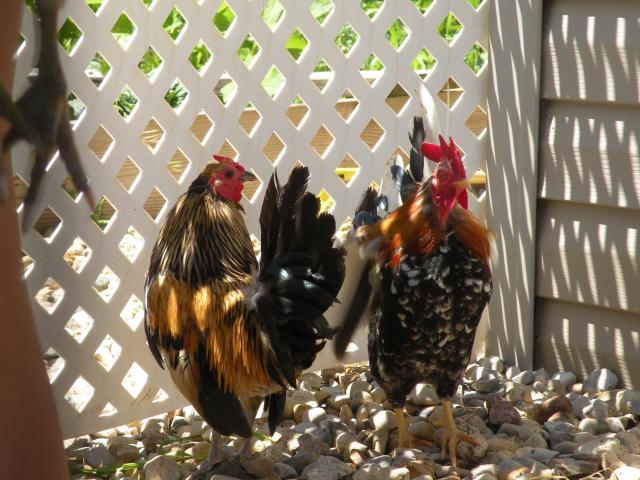
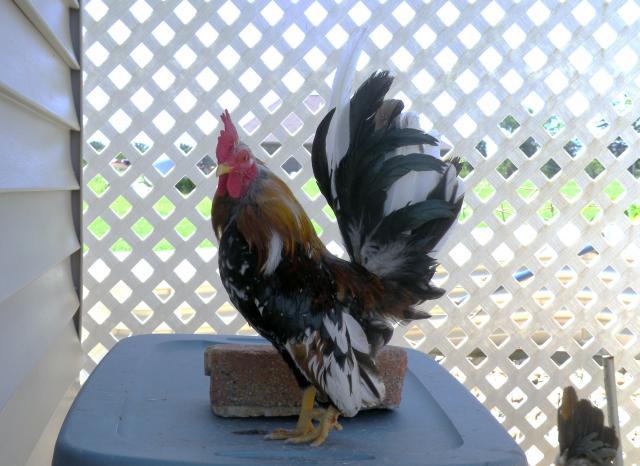
Rooster? Serama black mottled breast white/green feathers
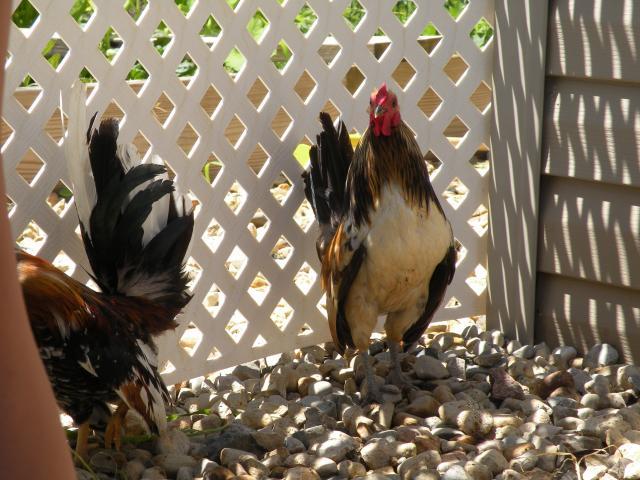
front of rooster white breast/rose comb Is this a Barbu D'anvers?
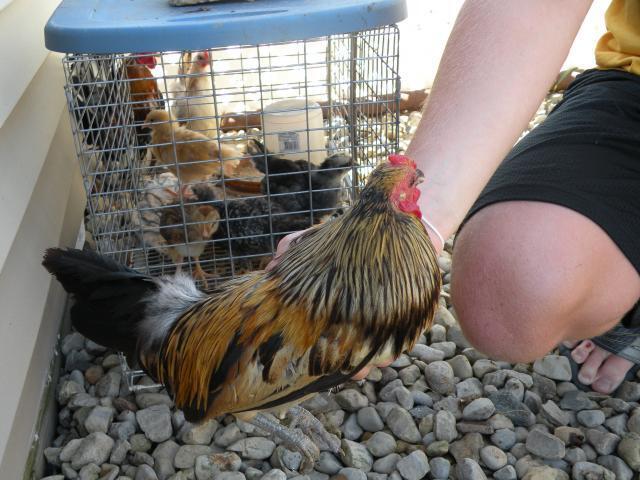
This is our rooster rose comb and white belly - other picture shows the breast
Last edited:


